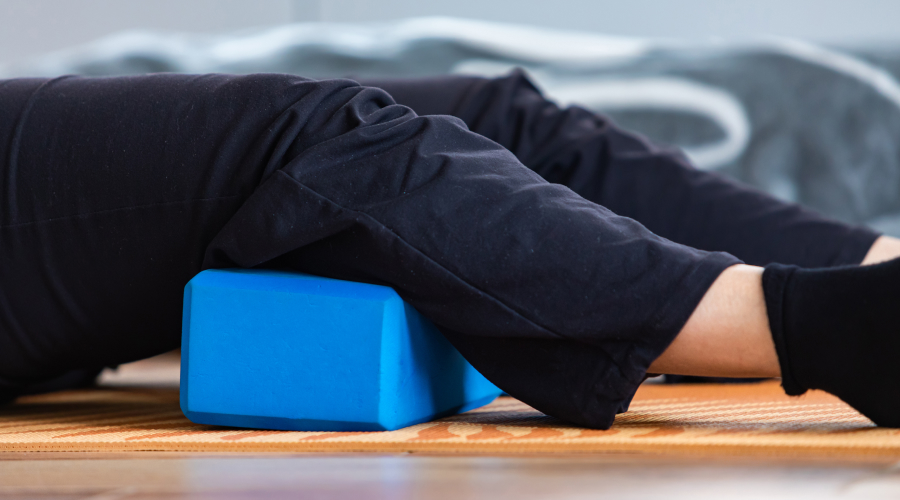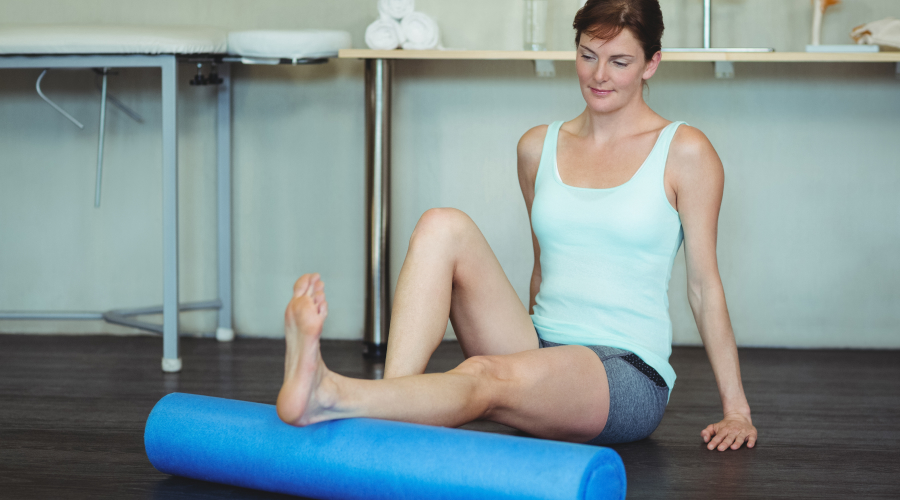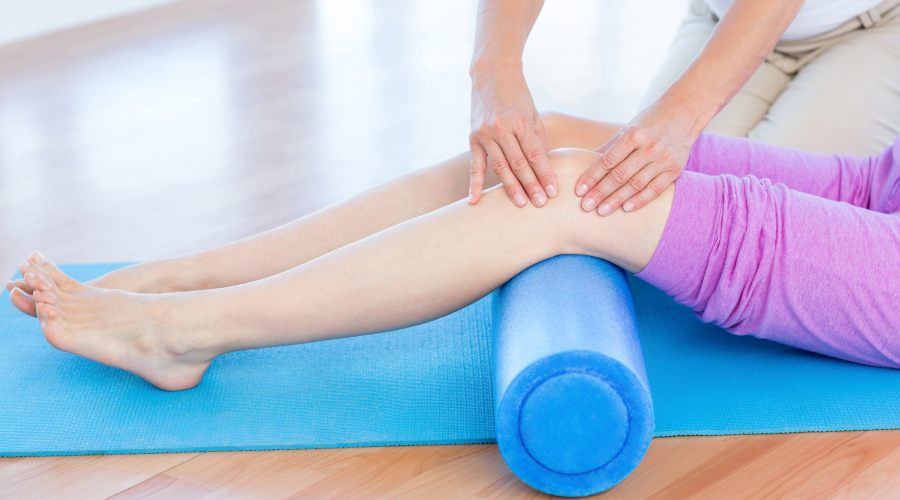Leg Elevation & Limb Pillows

Elevating Hope: How Leg Pillows Combat Varicose Veins
Varicose veins affect over 30% of adults globally, causing pain, swelling, and fatigue. While treatments like laser therapy (EVLA) and sclerotherapy dominate clinical discussions, limb elevation remains a cornerstone of conservative management. Emerging research and innovative tools like leg elevation pillows are transforming how patients manage this condition at home. Let’s explore the science behind elevation and how specialized pillows can optimize outcomes.
The Science of Limb Elevation
When legs are elevated above heart level, gravity assists venous return, reducing pressure in weakened veins. A landmark study (PubMed, 1995) demonstrated that elevating legs 30 cm (12 inches) above the heart increased microcirculatory blood flow velocity by 45% in patients with chronic venous insufficiency. This simple intervention:
- Reduces venous pooling and edema.
- Lowers inflammation in vein walls.
- Enhances oxygen delivery to tissues.
For best results, elevation should be sustained for 15–30 minutes, 3–4 times daily, especially after prolonged standing.
Leg Elevation Pillows: Design Matters

Generic pillows often fail to provide the precise angulation needed for therapeutic benefits. Medical-grade leg elevation pillows are engineered to:
Key Features
- Optimal Height: Elevation of 8–12 inches (20–30 cm) is ideal, as lower angles (<6 inches) show diminished effects.
- Ergonomic Slope: A 40°–50° incline aligns with venous anatomy to maximize gravitational pull without straining hips.
- Materials: High-density memory foam (CertiPUR-certified) balances support and comfort, while removable, hypoallergenic covers ensure hygiene.
Design Specifications of Leg Elevation Pillows
The effectiveness of leg elevation pillows depends on their design features:
| Specification | Details |
|---|---|
| Height | 6–12 inches (15–30 cm) above heart level for optimal venous return.[1][2] |
| Incline Angle | 15–20° for lower legs; thighs tilted no more than 45° to prevent vein kinking.[3] |
| Material | High-density memory foam or polyurethane foam for consistent support.[1][6] |
| Dimensions | Common sizes include 24" L × 21" W × 8" H; adjustable options available.[4] |
| Cover Material | Hypoallergenic, washable covers ensure hygiene and durability.[2][6] |
Specification: Height
6–12 inches (15–30 cm) above heart level for optimal venous return.[1][2]
Specification: Incline Angle
15–20° for lower legs; thighs tilted no more than 45° to prevent vein kinking.[3]
Specification: Material
High-density memory foam or polyurethane foam for consistent support.[1][6]
Specification: Dimensions
Common sizes include 24" L × 21" W × 8" H; adjustable options available.[4]
Specification: Cover Material
Hypoallergenic, washable covers ensure hygiene and durability.[2][6]
Positioning the Pillow
- Correct Placement: Place the pillow under your legs while lying flat on your back. Ensure that your thighs are tilted no more than 45°, knees are bent at a comfortable angle (approximately 25°), and lower legs are elevated at a 15–20° angle.
- Avoid Vein Kinking: Straight knees can obstruct blood flow by compressing the popliteal vein. Slight bending prevents this issue while relaxing tendons.

Clinical Benefits of Leg Pillows
- Symptom Relief: Patients using elevation pillows report 30–50% reduction in pain and swelling within 2 weeks.
- Post-Surgery Recovery: Post-EVLA or sclerotherapy, pillows minimize bruising and accelerate healing by improving circulation.
- Prevention: Regular use reduces recurrence risk by alleviating venous hypertension.
Practical Tips for Patients
- Nighttime Elevation: Place the pillow under your mattress for sustained elevation during sleep.
- Combine with Compression: Pair elevation with 20–30 mmHg compression stockings for synergistic benefits during day time.
- Enhances oxygen delivery to tissues.
Conclusion
Leg elevation pillows offer a simple yet highly effective solution for managing varicose veins, swelling, and post-surgical recovery. By following proper techniques—such as ensuring correct angles, durations, and combining with other treatments—patients can maximize their benefits. Investing in high-quality pillows designed with ergonomic specifications ensures comfort while promoting vascular health.
